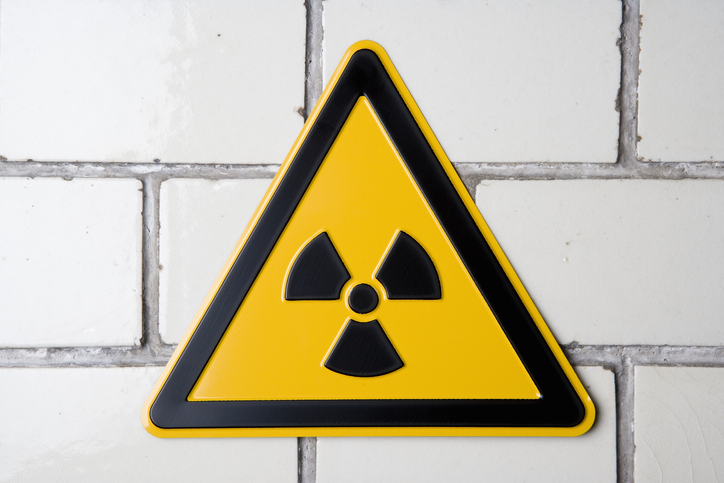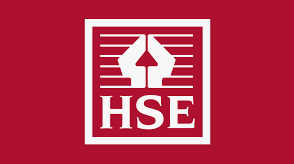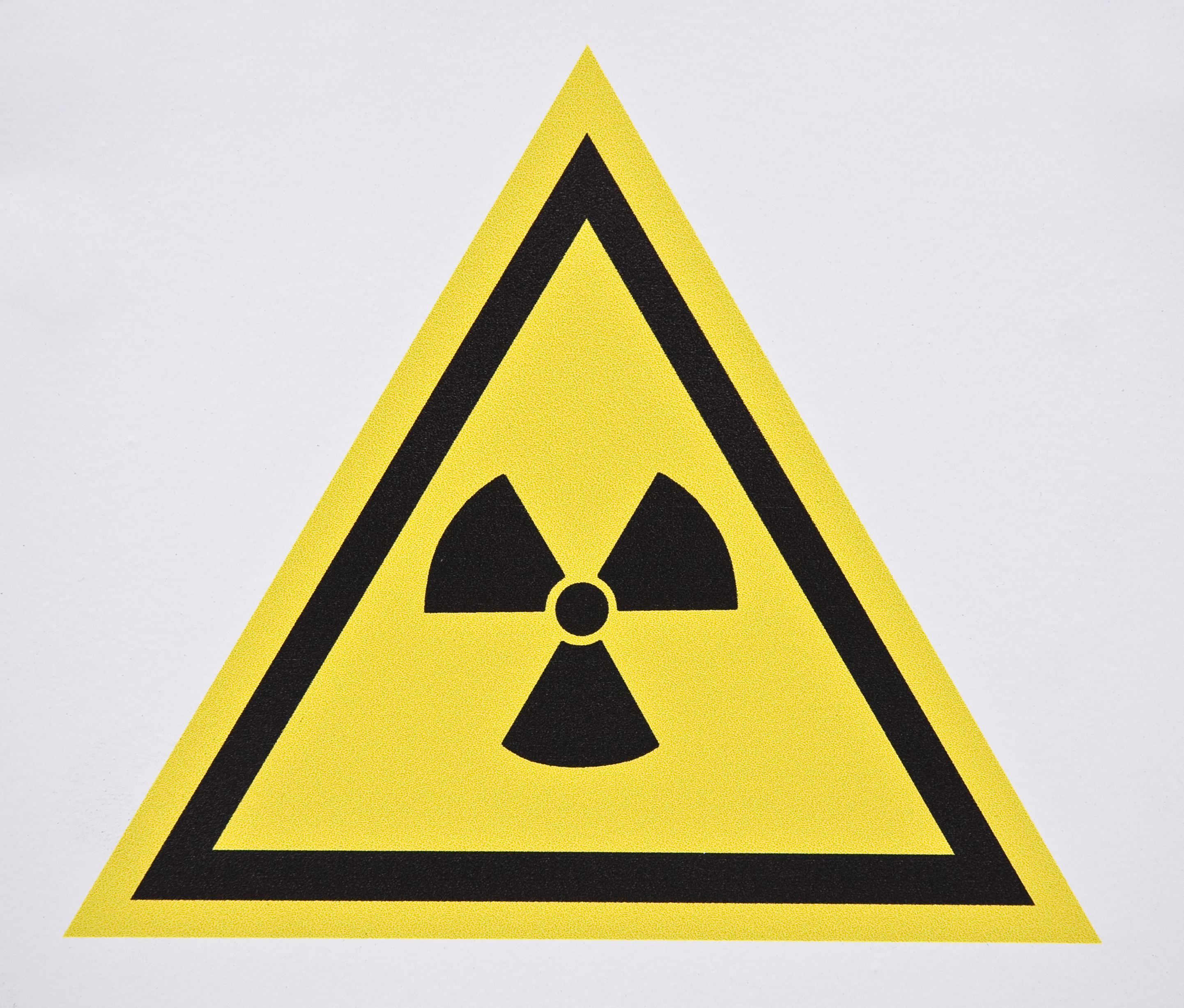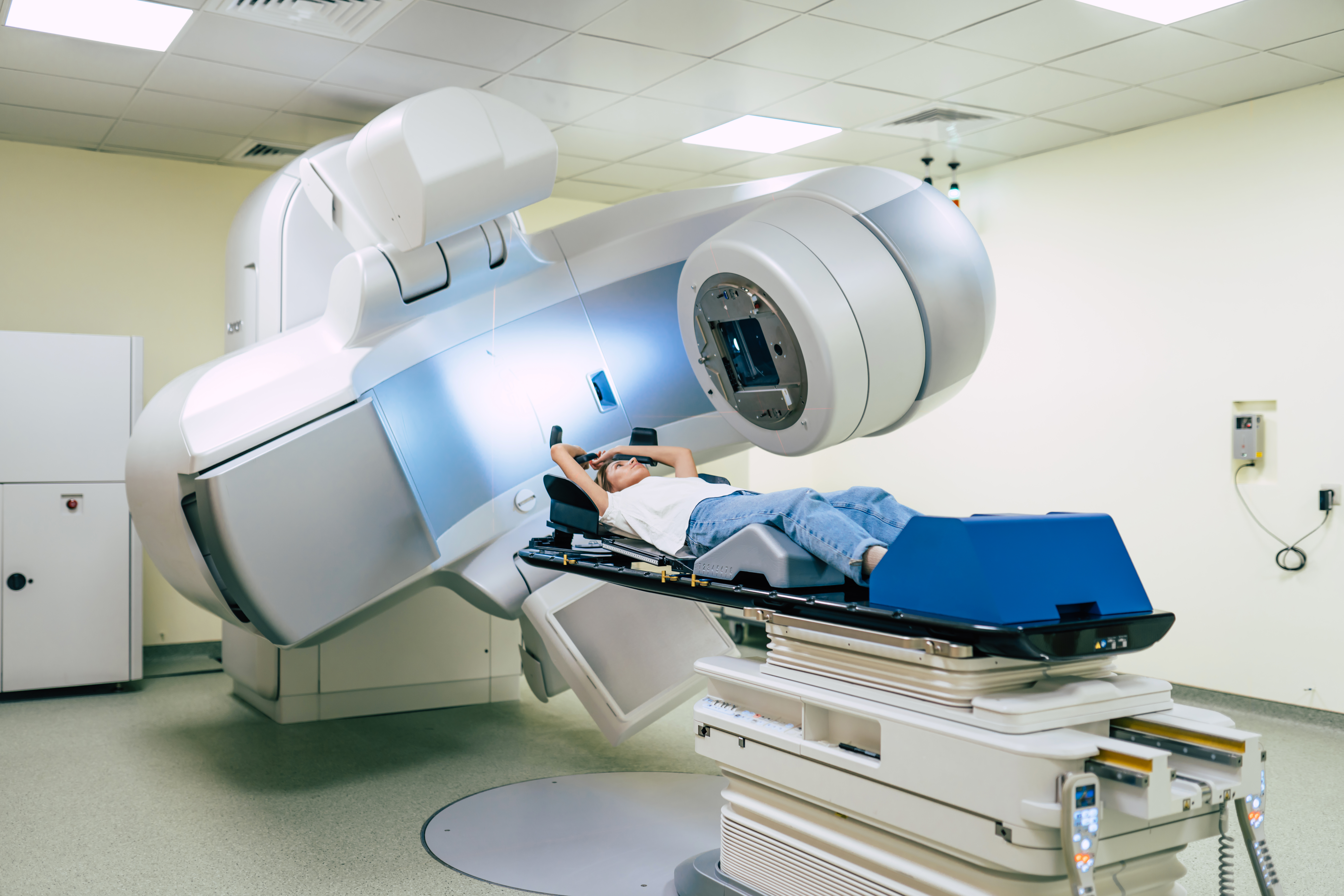The SoR welcomes the IR(ME)R annual report 2021 to 2022 from the Care Quality Commission and recognises the valuable opportunity to reflect on another year of radiation protection in England’s healthcare providers.
Valuable learning
The valuable learning from this report will be of interest to our members in Wales, Scotland, and Northern Ireland.
We are pleased to see a continued open and honest reporting culture demonstrated by the number of notifications received by the CQC and note that they represent a small proportion of the 43.8 million diagnostic imaging examinations and over 134,000 episodes of radiotherapy treatment undertaken on NHS patients in England.
Although most incidents do not result in harm to patients, this report identifies where the SoR and service providers can best direct effort to support patient safety.
The use of more robust processes to investigate incidents was a recommendation for improvement. The Clinical Imaging Board Learning from ionising radiation dose errors, adverse events and near misses in UK clinical imaging departments provides a free downloadable coding taxonomy and reporting template.
Concerning
It is concerning that a key source of errors continues to be requests for imaging for the wrong patient and, unlike last year, there are more operator patient identification errors than referrer errors. The highest percentage of notifications is once again from CT, although we note the marked increase in the number of nuclear medicine and radiotherapy notifications since last year.
The relevant SoR Advisory Groups will be evaluating the report in detail. It is argued that continued workforce pressures from the COVID pandemic, reduced staffing levels and ever-increasing demand means radiographers are continually asked to fulfil their legal responsibilities in less time.
This element of the report raises questions about whether working conditions have become unsustainable for a workforce with such an important level of responsibility for radiation safety. In response to this year on year trend, the SoR published Preventing Patient Identification Incidents in Diagnostic Imaging, Nuclear Medicine and Radiotherapy – guiding principles for safe practice in the United Kingdom in May this year. We encourage service leads to consider the recommendations made.
Risks from ageing equipment
We note the risks from ageing equipment and its impact on dose saving technology and welcome the focus on registering novel or high-dose diagnostic services.
Richard Evans Chief Executive Officer of the Society and College of Radiographers said: "It is good to see recognition that ageing equipment may not offer the best capability to reduce radiation dosage to the patient and operator. It is also important to acknowledge that new technology can offer opportunities to develop new ways of working. A good example is ultra-lightweight x-ray equipment that enables domiciliary and other off-site projection radiography. The service improvement potential is considerable but it is important to ensure that attention is given to radiation protection governance and compliance assurance".
During the COVID 19 pandemic and with the roll out of Community Diagnostic Centres (CDC) there has been an increase in the number of mobile CT Units in the independent sector and the SoR is pleased to see the results of this special programme of inspections. We have been working with NHS England and NHS Improvement to develop guidance and a checklist to support services to mitigate the particular risks associated with this type of service. We hope to see these notifications reduce over the coming year.
The SoR is delighted to have been invited by the General Chiropractic Council (GCC) to collaborate with them to find solutions to the poor compliance noted amongst a minority of services who continue to undertake radiography.
An example initiative to address increases in errors involved re-energising the PAUSED posters. The whole series is freely available to download from our Policy and Guidance Document Library
Summary
We thank CQC for their time and attention developing the report and encourage employers to read it and pay particular attention to the ‘Actions for Employers’ sections.
More information and support regarding compliance with IR(ME)R 2017 can be found in the joint professional guidance.
Teaser image: Caspar Benson / fStop / Getty Images
Related News
 People
PeopleInclusiveness in practice
David Haggerty discusses how he recently won recognition for his work introducing an inclu...
 Radiation protection
Radiation protectionARSAC reminder: Employer licence renewals due in 2023
First employer licences issued under IR(ME)R-17 now set to expire
- Radiation protection
Covid-19 and the enforcement of IR(ME)R
The Care Quality Commission’s Rachael Ward and Holly Warriner give an update on incidents ...
 Radiation protection
Radiation protectionHSE announce new radiation consent process
New rules apply to practices under regulation 7 of the Ionising Radiations Regulations
 Radiation protection
Radiation protectionHealthcare company fined for workers’ excessive radiation exposure
HSE found that training "inadequate and supervision below an acceptable standard"
